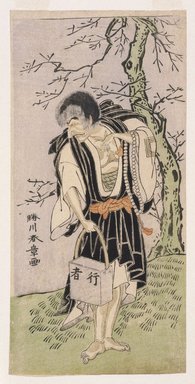
The Actor Ichikawa Danjuro V as Raigo Ajari
Katsukawa Shunsho
Asian Art
The inscription on this print does not name the actor or the role he is playing—when the print was released, the subject would have been evident to Kabuki fans. The square emblem on his costume’s sleeve indicates that the actor is one of several who went by the name Ichikawa Danjūrō. His character carries prayer beads and a box inscribed with the word for “monk.” However, his shaggy, unkempt hair indicates that he is a former monk who has stopped shaving his head and succumbed to temptations and evil influences. Wayward monks are a relatively common theme in Japanese theatrical literature, so it is difficult to pinpoint the exact character or drama depicted here.
MEDIUM
Color woodblock print on paper
DATES
ca. 1772
PERIOD
Edo period
DIMENSIONS
Sheet: 12 1/16 x 5 15/16 in. (30.9 x 15.1 cm)
Image: 11 7/8 x 5 15/16 in. (30.1 x 15.1 cm) (show scale)



SIGNATURE
Katsukawa Shunsho ga
COLLECTIONS
Asian Art
ACCESSION NUMBER
16.552
CREDIT LINE
Museum Collection Fund
CATALOGUE DESCRIPTION
Sheet: hoso-e
Condition: Good, slightly faded, stained along right lower corner.
Remarks: Characters on box which actors holds reads: Gyoja (monk).
The subject is playing the role of a monk gone bad (identifiable as such because of his shaggy short hair, indicating that his tonsure has been allowed to grow out, and by his box, which reads "monk"). The precise identity of the monk is unknown.
One suggestion is that he is playing Raigo Ajari. The character Raigo Ajari appears in the play "Nue no Mori Ichiyo no Mato" (Forest of the Nue Monster: Target of the Eleventh Month) and elsewhere. Although the full plot of the play does not survive, the central story has been recounted in various forms. After fasting for 100 days, the monk Raigo Ajari pleads with Minamoto no Yorimasa to construct an ordination platform for a Buddhist temple. Not only is his request rejected, the monk is poisoned and dies. He then returns as an angry spirit and takes his revenge, either turning into an army of rats or summoning that army, to eat the library of a rival temple.
Depictions of Raigo Ajari show him emaciated from fasting, with certain rat-like qualities to foretell the end of the story. The character comes to be associated with the year of the rat and hence appears in astrological texts. Artists before and after Shunsho depicted the subject in various ways.
Historic accounts tell of Danjuro V appearing in the very first production of Nue no Mori Ichiyo no Mato at the Nakamura theater in 1970, but in the role of Shibaraku. This was perhaps the same production that inspired Shunsho's image of another actor in the role of Raigo Ajari (see below).
Shunsho made two different images of another actor (Nakamura Nakazao I) in the same role, in a print dateable to 1770.
Shunsho depicted Danjuro V in a wide variety of roles, including that of other rogue monks, such as Wantetsu (1778) and Mongaku (c. 1784).
MUSEUM LOCATION
This item is not on view
CAPTION
Katsukawa Shunsho (Japanese, 1726–1793). The Actor Ichikawa Danjuro V as Raigo Ajari, ca. 1772. Color woodblock print on paper, Sheet: 12 1/16 x 5 15/16 in. (30.9 x 15.1 cm). Brooklyn Museum, Museum Collection Fund, 16.552 (Photo: Brooklyn Museum, 16.552_IMLS_SL2.jpg)
IMAGE
overall, 16.552_IMLS_SL2.jpg. Brooklyn Museum photograph
"CUR" at the beginning of an image file name means that the image was created by a curatorial staff member. These study images may be digital point-and-shoot photographs, when we don\'t yet have high-quality studio photography, or they may be scans of older negatives, slides, or photographic prints, providing historical documentation of the object.
RIGHTS STATEMENT
No known copyright restrictions
This work may be in the public domain in the United States. Works created by United States and non-United States nationals published prior to 1923 are in the public domain, subject to the terms of any applicable treaty or agreement.
You may download and use Brooklyn Museum images of this work. Please include caption information from this page and credit the Brooklyn Museum. If you need a high resolution file, please fill out our online application form (charges apply).
The Museum does not warrant that the use of this work will not infringe on the rights of third parties, such as artists or artists' heirs holding the rights to the work. It is your responsibility to determine and satisfy copyright or other use restrictions before copying, transmitting, or making other use of protected items beyond that allowed by "fair use," as such term is understood under the United States Copyright Act.
The Brooklyn Museum makes no representations or warranties with respect to the application or terms of any international agreement governing copyright protection in the United States for works created by foreign nationals.
For further information about copyright, we recommend resources at the United States Library of Congress, Cornell University, Copyright and Cultural Institutions: Guidelines for U.S. Libraries, Archives, and Museums, and Copyright Watch.
For more information about the Museum's rights project, including how rights types are assigned, please see our blog posts on copyright.
If you have any information regarding this work and rights to it, please contact copyright@brooklynmuseum.org.
RECORD COMPLETENESS
Not every record you will find here is complete. More information is available for some works than for others, and some entries have been updated more recently. Records are frequently reviewed and revised, and we welcome any additional information you might have.

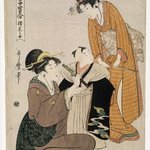
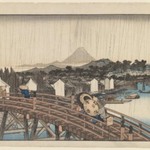
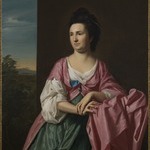
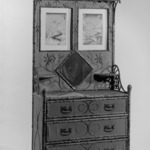
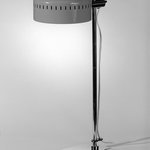
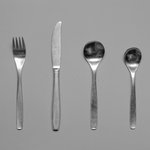

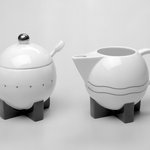


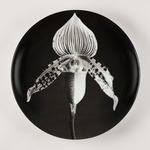
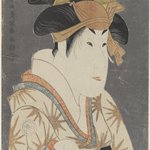
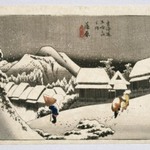
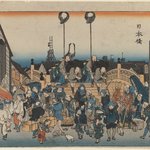
![Kakinomoto no Hitomaro [missing title cartouche: Children Parody the Six Immortal Poets (Tosei Kodomo Rokkasen)]](https://d1lfxha3ugu3d4.cloudfront.net/images/opencollection/objects/size2_sq/82.191_print_IMLS_SL2.jpg)
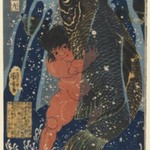
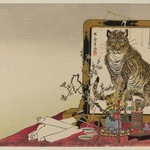


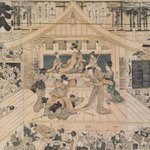
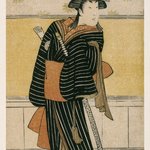


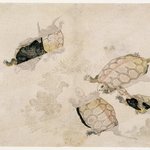

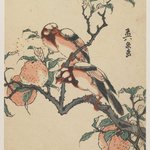
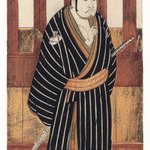
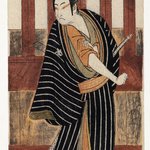
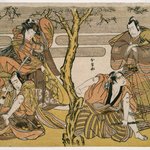
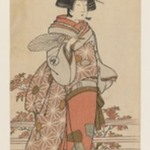
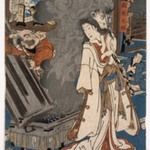
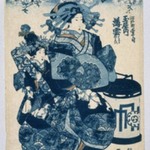
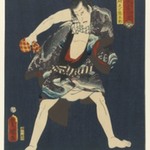
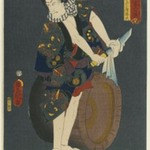
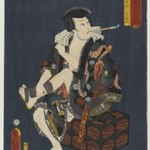
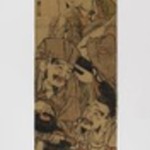
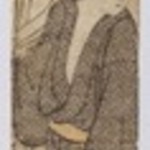
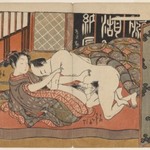
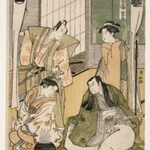
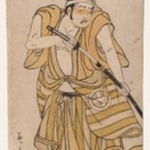
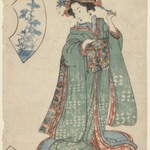
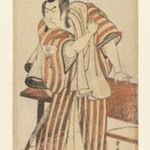
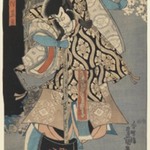
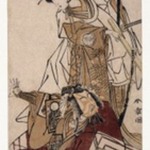
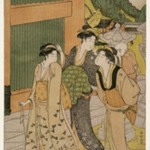
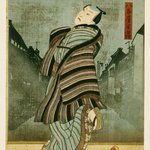
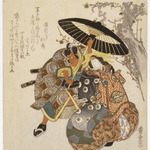
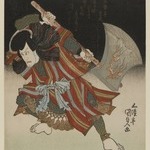
![[Untitled] (Page from 100 Poets of Edo)](https://d1lfxha3ugu3d4.cloudfront.net/images/opencollection/objects/size2_sq/2007.31.1_PS4.jpg)